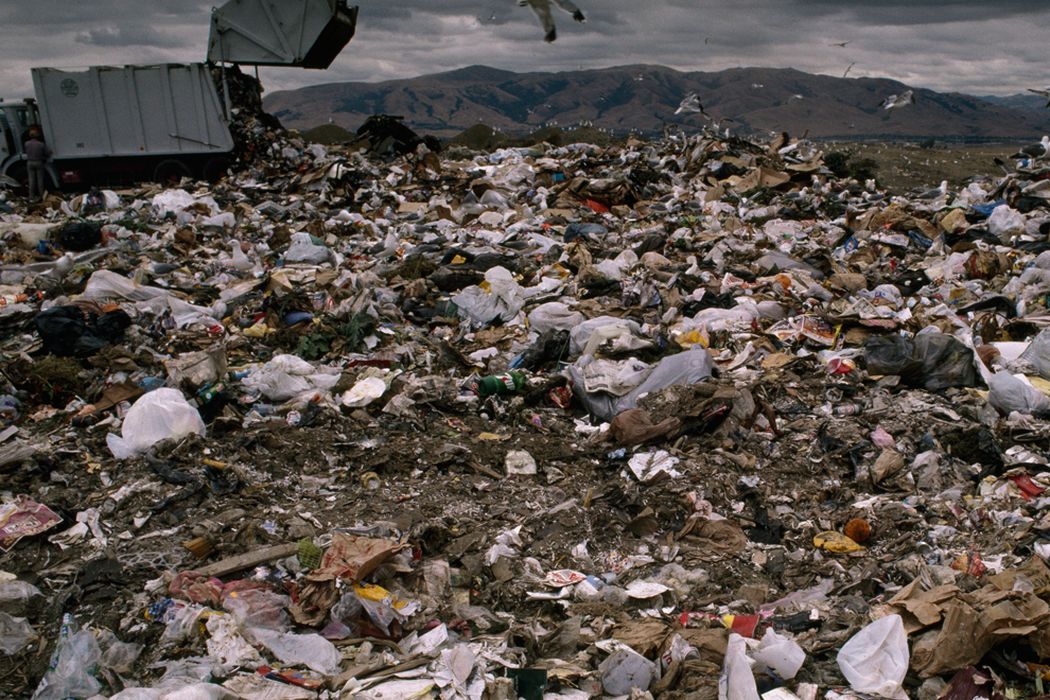People are likely being exposed to a newly detected toxic pollutant by breathing contaminated dust or through skin contact, according to a study.
Researchers at Indiana University discovered high levels of the chemical, tri(2,4-di-t-butylphenyl) phosphate, or TDTBPP, in homes, an electronic waste recycling facility and in the natural environment. Their findings were published Tuesday in Environmental Science & Technology.
The compound is part of the family of toxic organophosphates, which is the most widely used class of insecticides, but is also used as a flame retardant, a plasticizer in consumer products and can be formed when other chemicals degrade.
"We were looking at flame retardants and found this compound for the first time," Dr. Marta Venier, a scientist at the IU School of Public and Environmental Affairs, told UPI. "In all samples we looked for we found it in flame retardants and as a plasticizer."
"This compound is potentially a concern because of exposure in homes and occupational settings," she added.
Environmental chemists have had difficulty tracking down pollutants in the environment and what kind of effects they might cause because common commercial chemicals, including TDTBPP, are not subject to regulatory scrutiny under the U.S. Toxic Substances Control Act unless they are used for new purposes.
"The fact that this potentially toxic chemical is so abundant, but was previously unknown, is another example of the ineffective management of chemicals in the United States," Venier previously said in a press release.
Researchers believe many chemicals go undetected until a general environmental scan is performed.
This is what Indiana University scientists performed using high-resolution mass spectrometry. They studied dust samples from an e-waste dismantling facility in Ontario, Canada. E-waste recycling facilities often include similar TDTBPP chemicals used in the production of plastics, wires, printed circuit boards and electronic equipment.
Researchers also studied dust from 20 residential homes in Ontario, as well as outdoor samples from the Chicago Ship and Sanitary Canal, Indiana Harbor water filters and filters from high-volume air samplers deployed in Chicago. They measured amounts of TDTBPP in ambient air, water and sediment.
Especially high levels of TDTBPP were found in house dust.
"Our research is the first step," Venier said. "Now that we know that TDTBPP is prevalent, especially in homes, scientists can flag it for further study and focus on understanding the effects of TDTBPP on people."
By Allen Cone
Fuente: www.upi.com
